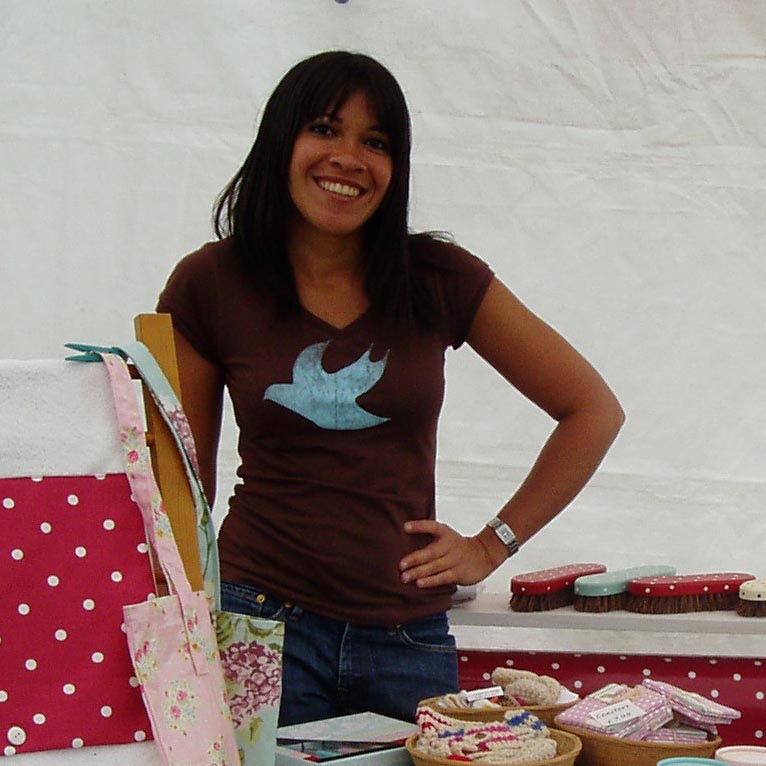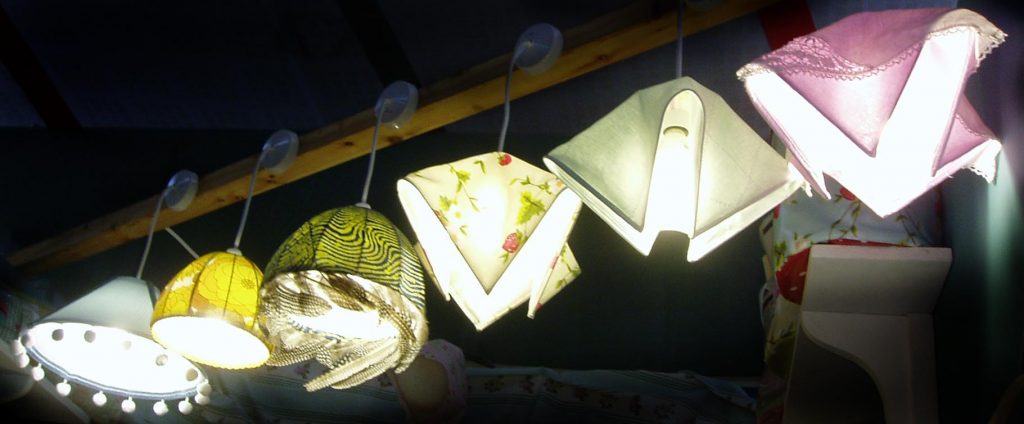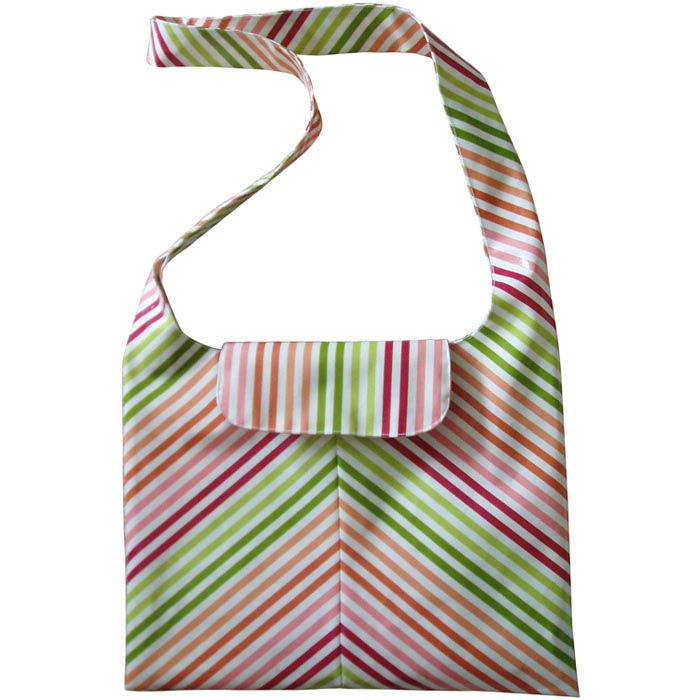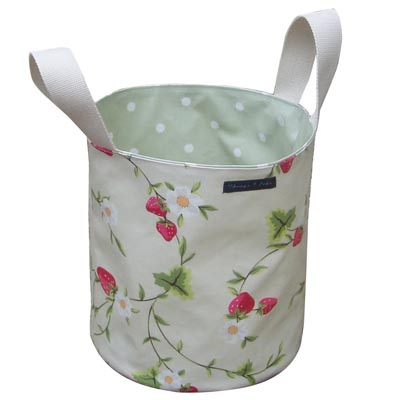How a failed craft business made me a better artist. My mistakes have helped me to develop my creative business skills - here's what I did wrong and right.
This post contains affiliate links, marked by an *
For a few years, I ran a small craft business. After a while, I wound it down to go back to art school, and it was a great decision for me.
I’ve been employed part-time in art education ever since graduating, and I also write and make my own art. It’s been easy to write off my former life in applied arts as something that ultimately failed, but digging around in the past to research this post has made me realise how unnecessarily harsh I’ve been on myself for the last ten years.

You see, the business didn’t exactly fail, but it didn’t thrive in the way I wanted it to. So in that sense, the business failed, but it certainly wasn’t the disaster I made it out to be in my head. I didn’t go under in a cloud of debt, I didn’t lose my money and no-one else did either – I just let it go.
Here’s a look at what I did wrong, what I could have done better, and why the failure was a win in disguise. Hopefully you can take something away from this to improve your own creative business!
I lost sight of my purpose
My initial purpose in setting up my own business was to do something that I liked and that I was good at, whilst staying at home with my child. It’s something that lots of parents long for.
But what started as a way to make a bit of money from home became a lifeline after going through a divorce. Doing craft fairs in the village hall on a Friday evening became the way to put food on the table that night – the stakes were high for us back then. As a single mother I learned the meaning of hustle, sewing whenever my son was in bed or at nursery, sometimes in my winter coat and boots because the house was so cold.
The problem was, as business picked up and I became more successful, I didn’t want to slow down – I wanted to take off! Childcare started to become a problem when it came time to book big craft fairs, as I’d graduated from a table in the village hall to a 5-day event in London.

I was still a single parent to a little boy who needed my presence and my attention, but my business wanted my presence and attention just as much. The business was no longer letting me stay at home with my child!
What I could have done differently
I could have focused primarily on online sales and done a few small markets to pick up some sales, as well as to stage product photos.
The money I put into fairs, transportation and accomodation would have been better spent on my online presence.
I could have started a few social media accounts and focused on building up an audience that way. The thing is, I did have a Facebook page for the business, but it didn’t have a strategy. Also, anyone who’s seen my current Facebook page knows that Facebook marketing simply isn’t for me! I’m an introvert at heart and I just can’t do the full-on social media thing properly.
Pinterest and Instagram hadn’t even been invented yet, and I didn’t get a smartphone until about two years after I folded the business. So whilst I now love Pinterest for being this introvert’s social media saviour, maybe there was a good reason why I didn’t hit the ground running that way!
But enough of what I couldn’t do – what I could have excelled in was blogging. Back then when blogging was new, it was far easier to make a mark, especially in the craft space. I did get the advice to start a blog for my online store, but even though I had a go, I really had no clue what I was doing, or how to do it properly!
I didn’t start the right kind of blog
Content marketing, or blogging for business, can be a difficult thing to master, and it can be a long-game, which is frustrating when you need quick wins.
I read the available advice on starting a blog for my business, but honestly I had no clue what was required. I set up a blog on blogspot.com, added a few posts about stuff I was up to, and eventually it fizzled out. It’s not that the content wasn’t any good – there were definitely things I’d be happy to share even now (I deleted the blog years ago), but here are the problems I faced:
- The blog had no direction
- It had no direct connection to my website and no call to action
- No-one could find it
How to blog for a business – the right way (in a tiny nutshell)
Blogging for a business has to have a purpose.
If you have a personal blog, you can write whatever you want. However, if you’re blogging with a view to increasing eyeballs on your products and money in your account, every post you write should have some end goal. For example, you might be writing a tutorial about how to make a handbag – the end goal could be to feature the fabric, hardware or pattern you used, and point your readers to your shop, where they can buy them.

Or maybe you might simply point them to the gorgeous handbag you made in the tutorial – and keep that style in stock. You might write about upcoming preparations for craft fairs or events, or show off some pictures of your work in the wild. Basically, it should point your readers towards your wares.
Besides this, a business blog needs to be consistent, and oh – you need a shedload of posts.
I mean A LOT.
Five blog posts on your site is not going to cut it – content marketing is not easy, and everybody else is trying to do it now as well. You’ll need to commit to it for the long term to get results.
I’m going to cut this short because blogging is a BIG topic that I do write about elsewhere on this site. Yes, it’s frustrating sometimes, but the thing I love about it is that you can do it at home with the kids… and now that I finally know how, my biggest regret is that I didn’t start this in 2008.
My website stank
But oh, how I tried my very best!
I plonked down over £500 to a dreadful web hosting company for a dreadful e-commerce template. It was so ugly when it was handed over to me that I taught myself basic HTML so I could fiddle around with the back end and make it look better.
The infuriating compliment came when the company used my modified site as an example of their work on their homepage to lure in new customers!
And believe it or not, these people are still in business and still have an image of my 2009 website as a sample on their home page!
I spent a long time on that site – a lot of woman-hours were poured into it, and it was as good as it could ever have been, but it wasn’t as good as I wanted it to be.
What I could have done differently
The easiest route I could have taken at the time would have been a static website with a blog. I wasn’t as tech-savvy as I am now, but even then I would have been able to customise a Blogger site (with a custom domain) using an affordable, pretty template bought from Etsy*.
I could then have linked my store page to an Etsy store*. Simple.
Right now, websites are a hobby for me – it comes from that bad template experience! I run all my sites on WordPress, host them with Namecheap* and buy my domain names from Porkbun*, Namecheap* and Names.co.uk*. Both of these offer a basic free site package with SSL certificates for the first year, so you have time to learn the ropes if you want to run your site yourself.
I wore myself out through bad pricing
I was good at making things; I always had been. Quality wasn’t my problem – it was quantity. To compete with mass-manufactured items easily available in the stores at about the same price point as my creations, I would have to operate like a factory.
It’s simple enough to do this when you’re sewing bags, cushions or anything made after a pattern. You need to cut multiple pieces at a time and use speed-efficient techniques like flag sewing and batching items – for example, making ten handles at a time, then ten pockets, then ten bag bodies, then ten bag liners, then assemble… But doing this over and over again quickly becomes hard work, especially when you’re working entirely on your own and production is only a part of your job.
You can’t compete on price with mass-produced goods from the developing world. Don’t even try. At the time, I felt as though I had to stick to the mid-to-lower end of the market because I was just one person working out of my home… but that was just wrong.
What I could have done differently
One thing that I had going for me is that I designed my own patterns. I should have capitalised on my intellectual property and sold digital downloads of my patterns with tutorials instead of relying solely on physical items.

To supplement this I could also have sold remnant packs as well as some of the supplies I had been buying in bulk for my own use.
Besides these things, I should have hiked my prices!
I spread myself too thinly across my product ranges
I didn’t feel as though I could afford to “niche down” and make only one type of thing. This was partially because I felt the need to create something for everyone, trying to appeal to everyone passing by my stall.
On the other hand, it was partially due to my personality, where I genuinely love to cherry pick creative endeavours and try a bit of everything, because it’s just fun.
The problem is, although you might love browsing your favourite brand’s shop and finding lots of different items, an artist or craft maker cannot operate in the same way as a department store. Just as I tried to compete on price with huge businesses that were buying in factory-made goods, I was also trying to compete in terms of range.
I simply couldn’t have won on those terms.
What I could have done differently
I should have chosen a core product to focus on and made a few variations on this for variety. This would have increased my chances of becoming the go-to person for these items, instead of having a vague catch-all style that I stuffed lots of different items into.

Niching down could have enabled me to produce my goods more efficiently as well, if I had decided to sell through shops that would have required greater quantities.
Wrapping it up…
This is a long post, because hindsight reveals all, doesn’t it? I could add a few more things as well, but I’ll keep it to an even five and expand on the rest some more later.
How these things have made me a better artist
So after all of that, you might think that I’ve got it all sussed when it comes to selling art or any handmade items. Actually, I haven’t been focusing on sales for years, and I certainly don’t think I’m a guru with all of the answers for you.
However, the entire experience has made me a better artist, and here’s why:
I got to the point where I stopped focusing on what other people wanted, started concentrating on what I wanted, and worked out how I could make that fit into my life.
I learned that there are an endless number of ways to make a living from creative work – some of them have to do with selling, but not all. As a natural introvert, I enjoy making work for myself and sharing it in the ways that make me comfortable.
Every single skill I picked up along the way whilst running my business single-handedly has paid off – skills like writing risk assessments for fairs, carpentry, using computer software, processing sales and more. Sure, I’ve written a lot here about what went wrong, but a lot went right as well!
All of the experience added to my skill set and made me a better artist and a better employee. I drew on that time when I finished my BA, did my MA, and got a job as an art technician. Maybe I have a tendency to be hard on myself, but when I think critically about it, none of it was wasted.
So if things aren’t working out for your creative business, don’t despair. And if you are despairing anyway, well, that’s kinda why I write about digital marketing for artists – I wish I knew then what I know now, so if there’s someone out there who is in the same position I was in back then, maybe I can give them a shortcut to where they need to be.
There are a lot of things you can do to help yourself – stick with me for more posts on art and digital marketing for artists.

Leave a Response